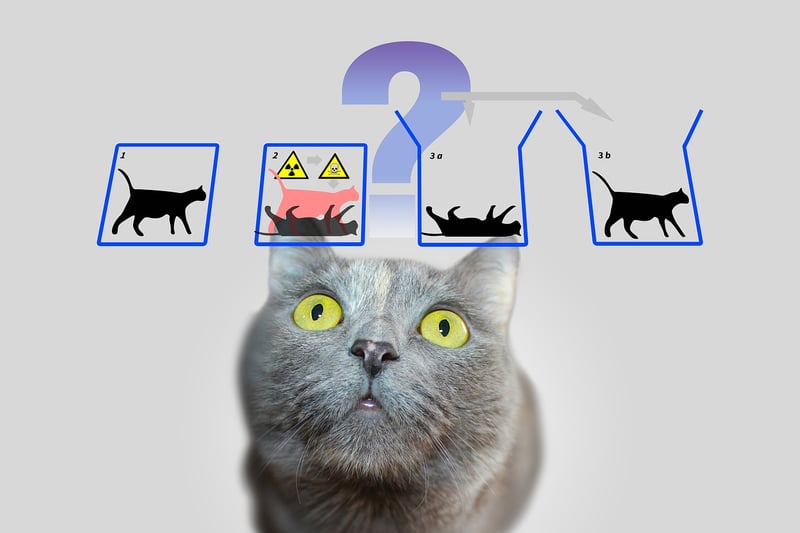Temporal Physics
Mechanisms for Time Travel and Temporal Physics
Time travel has long been a fascinating concept in science fiction, but could it be possible in reality? Let's delve into the mechanisms for time travel and explore the intriguing field of temporal physics.
1. Wormholes
One of the most popular theories for time travel involves the use of wormholes. Wormholes are hypothetical tunnels that connect two separate points in spacetime. By manipulating these wormholes, one could potentially travel through time as well as space.

2. Time Dilation
According to Einstein's theory of relativity, time is not constant but can be altered by gravity and velocity. Time dilation occurs when an object is moving at speeds close to the speed of light or in strong gravitational fields. This effect could allow for time travel to the future.

3. Closed Timelike Curves
Another concept in temporal physics is closed timelike curves, which are paths in spacetime that loop back on themselves. By following these curves, one could theoretically travel back in time and interact with past events.

4. Quantum Entanglement
Quantum entanglement is a phenomenon where two particles become interconnected in such a way that the state of one particle instantly influences the state of the other, regardless of the distance between them. Some scientists speculate that this phenomenon could be used for communication across time, enabling a form of time travel.

Conclusion
While the concept of time travel remains largely theoretical, the study of temporal physics continues to push the boundaries of our understanding of the universe. Whether we will one day unlock the secrets of time travel or not, the exploration of these ideas sparks curiosity and imagination in scientists and enthusiasts alike.
Remember, time travel is currently confined to the realm of science fiction, but who knows what discoveries the future may hold!
